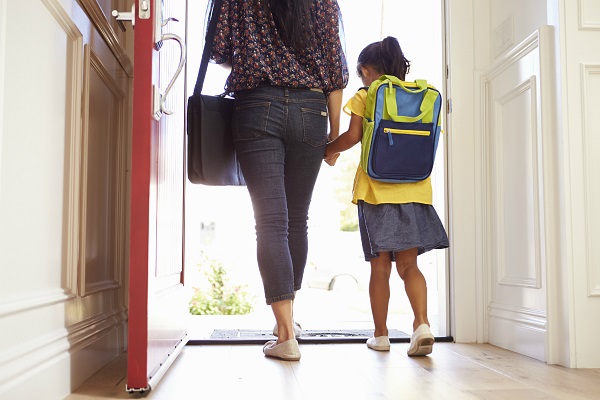The National Institute for Early Education Research (NIEER) recently published its 2021 The State of Preschool report covering the 2020–21 academic year — the first full school year since the onset of the pandemic.
Closed campuses, remote preschool instruction and looming health risks “disrupted already fragile systems,” researchers found as enrollment and spending dropped. The public health crisis intensified quality-related issues too.
Preschool enrollment in state-funded programs fell by 18 percent across the country — the lone decrease in the past 20 years — while spending on preschool was down $254 million, a number adjusted for inflation, in comparison to the year prior. Spending increased by $186 million, however, when $440 million in federal relief funds is factored in.
The report notes that many states “protected preschool funding despite lower enrollments and preserved capacity for a rebound in enrollment” but the consequences of insufficient funding, like limiting school to a few hours per week, poor pay and benefits, and larger classes sizes were highlighted.
State spending per child, which is currently averaging around $5,867 is still considered inadequate and hasn’t improved in a significant way in two decades.
“Were it not for the use of federal COVID-19 relief funds and the willingness of some states to sustain preschool spending despite the enrollment declines, the pandemic’s impact on funding would have been much worse,” the report states.
As for quality, a concern far before the pandemic, obstacles like staffing shortages and factors to mitigate health risks strained budgets and sometimes superseded best practices for students.
California mirrored what was happening nationwide in some ways and pulled away from the pack in others. The state’s two preschool programs enrolled 85,665 fewer students in 2020–21 than the previous year and state spending on the programs decreased by 1 percent, adjusted for inflation. Spending was over $1.9 billion.
Spending per child jumped by $4,351, adjusted for inflation, from the prior year to $ $12,531 in 2020–21. Per-child spending for the California State Preschool Program (CSPP) was $14,239. Per-child spending for the Transition Kindergarten Program was $10,859
Overall, CSPP met six out of 10 quality standard benchmarks and TK met three out of 10. Both programs met the standards for having comprehensive, aligned, supported and culturally sensitive early learning and development standards as well as curriculum with an approval process and supports.
Recommendations
NIEER provided policy recommendations at the state and federal levels to speed up ample access to full-day, high-quality preschool services across the country.
For the federal government, this included investments in research on mitigating COVID- 19 health risks as well as research on “best practices to support children’s learning and development, school readiness and success, and to prevent any negative impacts, however rare.”
At the state level, recommendations include expanding access for quality programs for all children, especially those from in low-income and underserved ethnic and racial minority families; and for states like California that have committed to universal preschool, making high-quality programs a reality by removing funding caps “that limit access and increasing quality where it is far below commonly accepted standards, including pay parity for teachers.”




